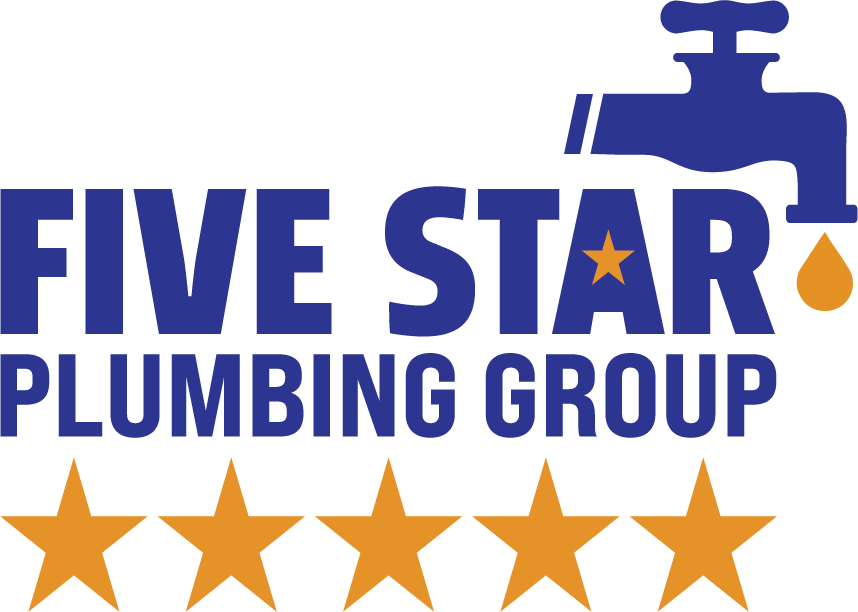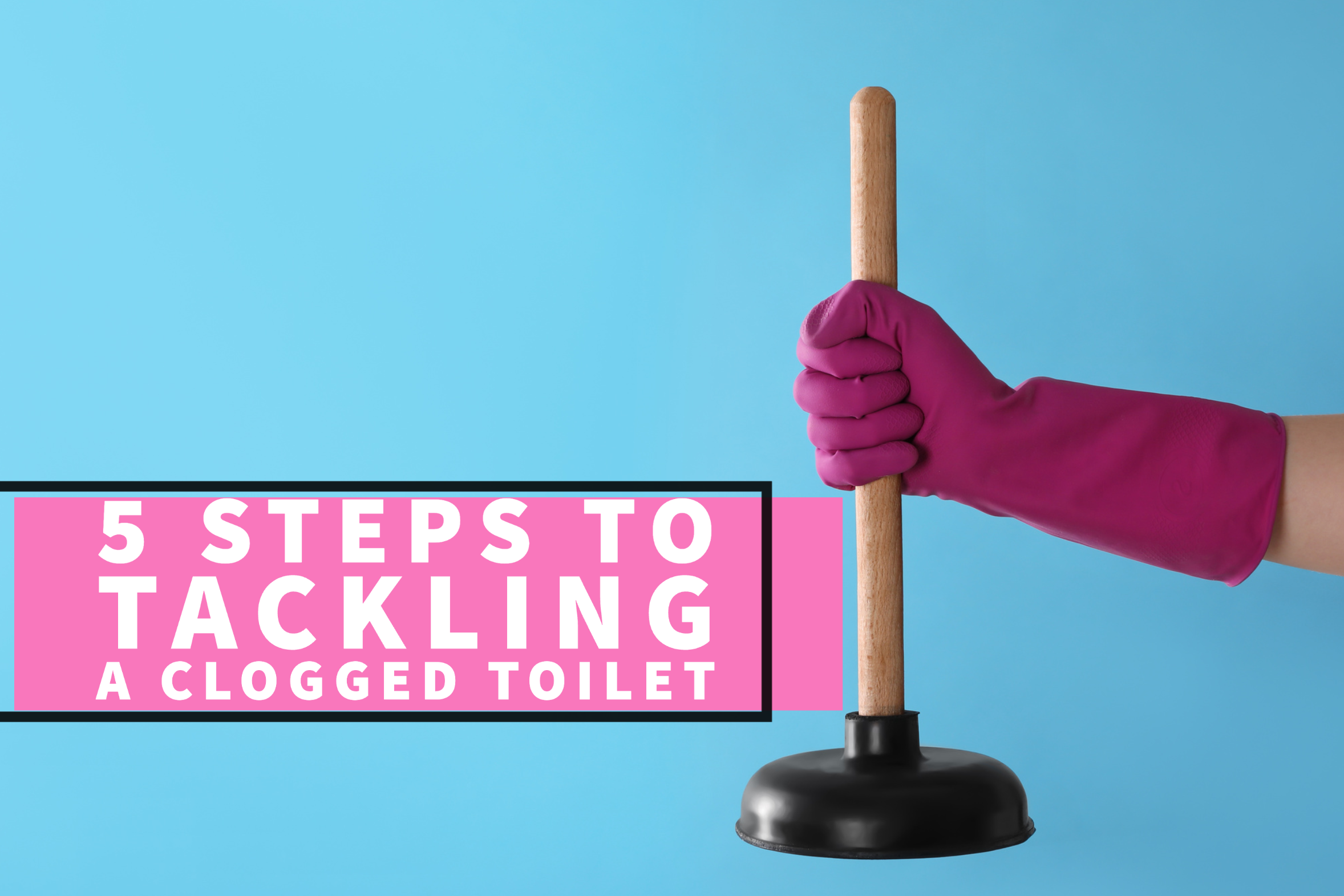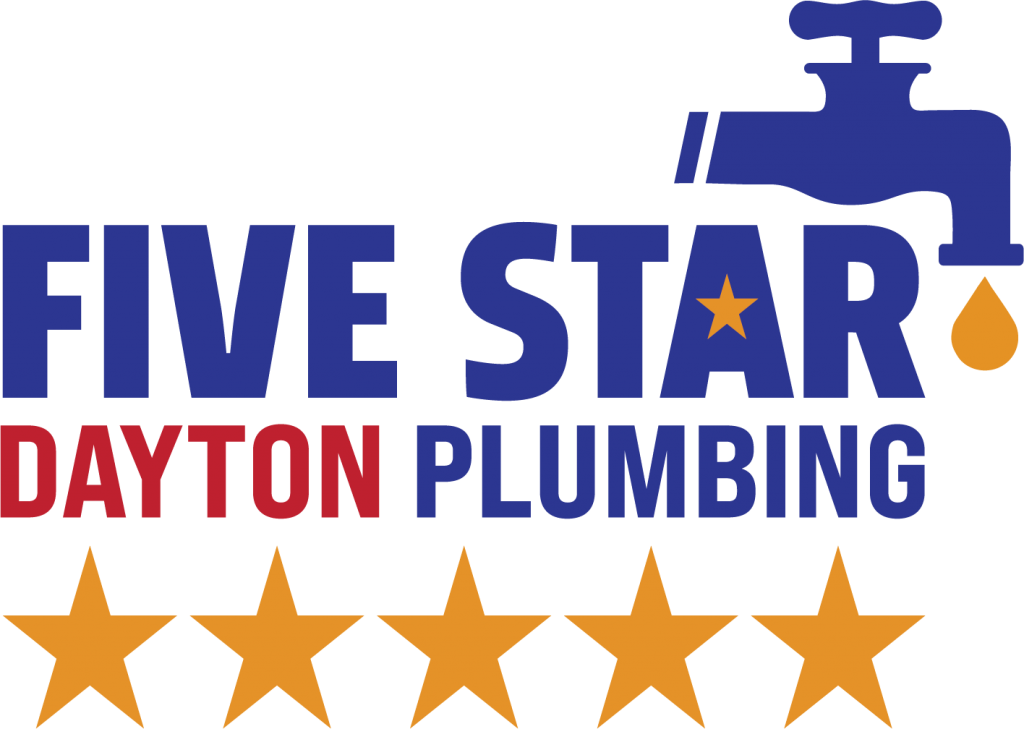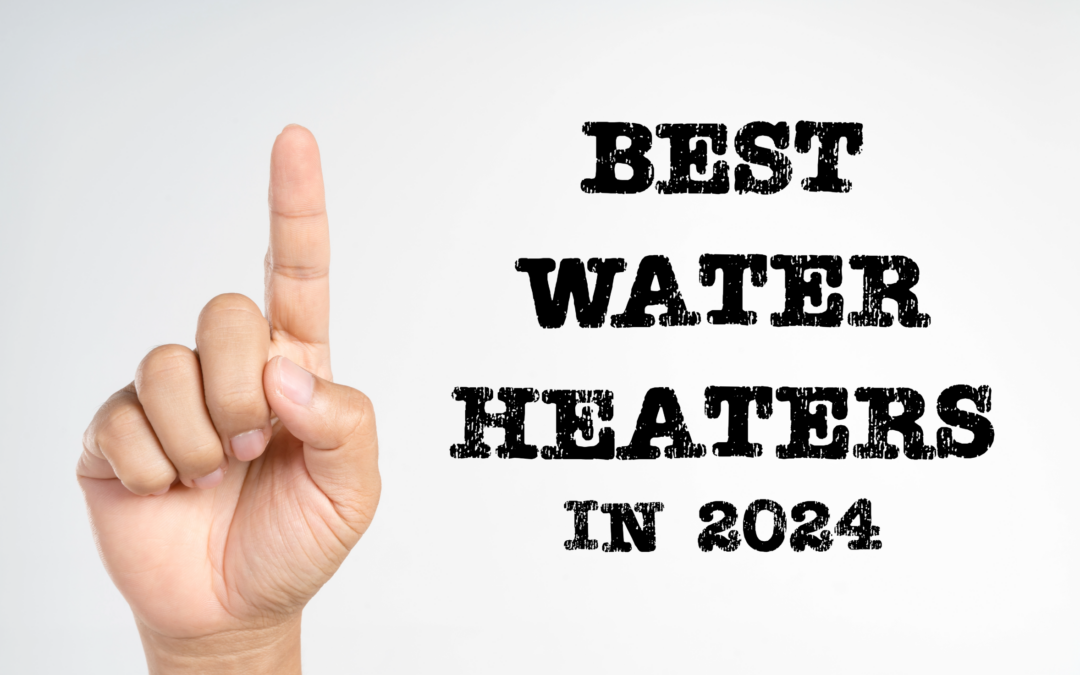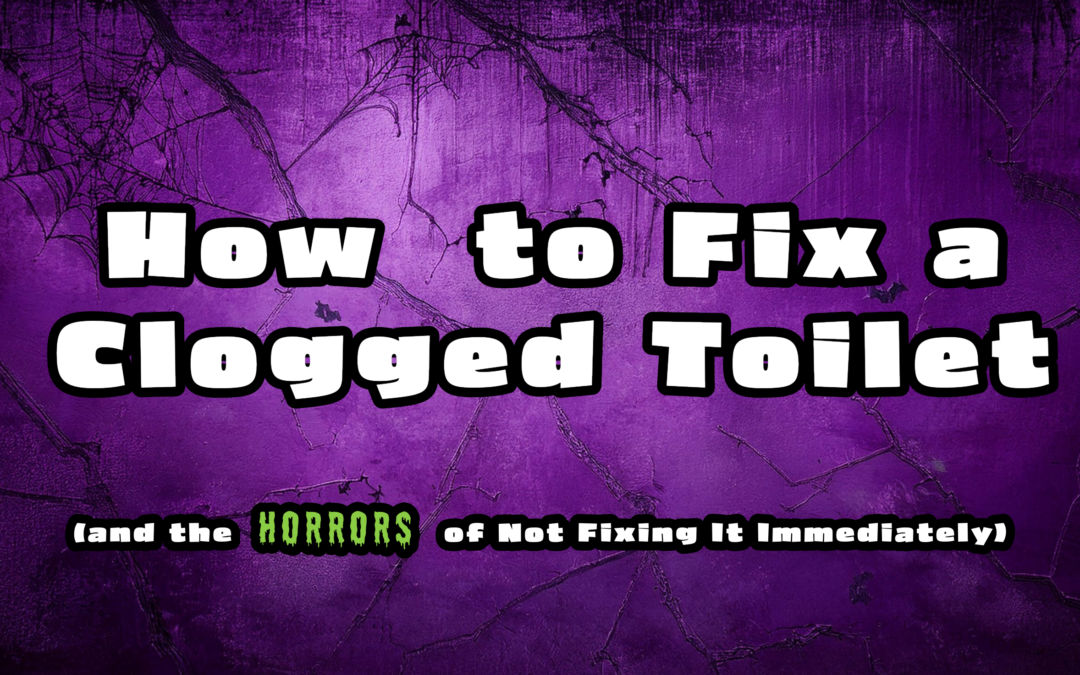We’ve all experienced it: when you flush the toilet after using it, the water level keeps rising and doesn’t stop. What should you do in such a situation? Here’s the thing – if toilet water has already spilled onto your bathroom floor, there is not much that can be done to avoid it. However, do not panic. Take a deep breath and prepare yourself. It will be alright! You can follow these steps provided by your Five Star Columbus Plumbing professionals to walk you through the steps of what to do in this undesirable scenario.
1. Now, Turn Off the Toilet’s Water Valve:
To deal with a clogged toilet, it’s important to first turn off the water supply using the shut-off valve located behind the toilet. Look for the valve, which is usually football-shaped, and turn it clockwise. Avoid flushing the toilet again since this will only make the clog worse.
2. Next, Ensure the Flapper Is Sealed Closed:
After turning off the water supply to the toilet, open the back tank and locate the rubber seal positioned over the drain. This seal prevents water from entering the toilet unless the flush lever is pulled. It should be connected to a metal lever or chain attached to the flush handle. Gently push the rubber seal downwards to ensure the flapper is sealed.
3. Go Ahead & Secure the Float:
To stop the tank from filling with water, locate the float cup or float ball inside the toilet tank. Its purpose is to regulate the water level in the tank. You don’t have to, but performing this little extra step can help ensure the float is secured from moving.
4. You Should Remove the Excess Water & Then Cleanup:
After you have successfully stopped the water from flowing, congratulations! You have resolved the problem at its root. It’s now necessary to clean up the area. You should start by removing the excess water from the toilet bowl so that it doesn’t overflow once the toilet is functional again. Please be cautious while removing the excess water – especially if there is any waste or debris present. Safety and hygiene should be a top priority, so we highly recommend using gloves if you have some available. Be sure to dispose of any solids or waste by picking them up carefully and placing them in a trash bag. Otherwise, you can scoop the water out of the bowl with a bucket and drain it into the bathtub or sink. Just be sure to move with precaution as you don’t want to make a bigger mess with the water splattering everywhere.
Another thing to consider is the potential water damage to your floors. Therefore, you want to make sure floor cleanup happens as soon as possible! If you have a wet vacuum, you can use it to clean up the excess water. On top of that, if your floors are solid, you can easily clean up the spill using old towels, rags, a mop, or even paper towels. However, if the overflow has spilled over to the carpeted area, it’s best to lay towels over the carpet and place a heavy object on top to help soak up the water. Once you have given the excess water enough time to absorb into the towels, make sure your flooring is disinfected properly, as well as the rest of the bathroom that was impacted by the toilet water.
5. Lastly, Take Care of the Blockage:
Now, it’s time to take care of the culprit of it all – the clog! Grab the plunger and put it over the toilet drain at the bottom of the bowl. Make sure that the plunger is submerged in water and use it with the plunging motion to take care of the clog issue. Your toilet should be unclogged at this point. However, if the issue still remains, there could be a larger issue at play. If this is the case for you, this is a good sign that it’s time to call in a professional to come to assess the issue for you. However, if your toilet is indeed working again, that’s fantastic news! Congratulations, you certainly championed your way through it! But don’t forget that before wrapping up, you should make sure everything is returned back to its original position, the tank cover is put back on, and the water valve is turned back on.
Need a local, reliable plumber? Call Five Star Dayton Plumbing today at (937) 230-6506 or schedule an appointment online now by clicking here! We’d be more than happy to help!
